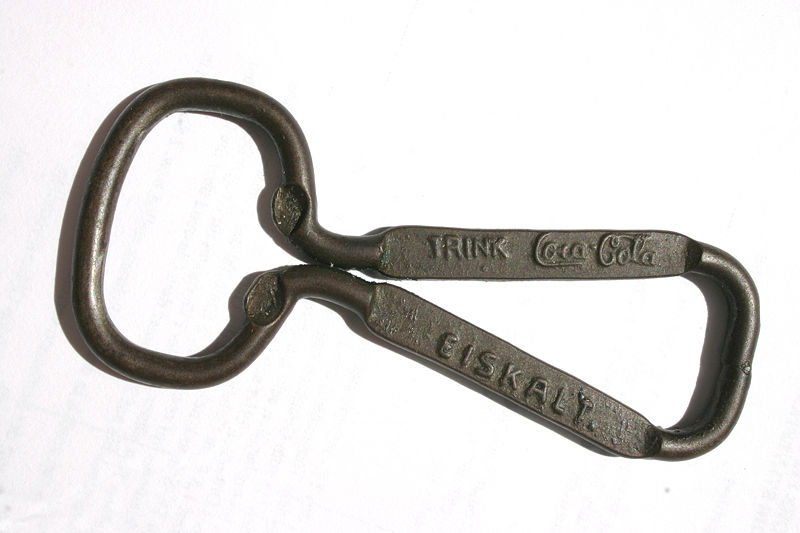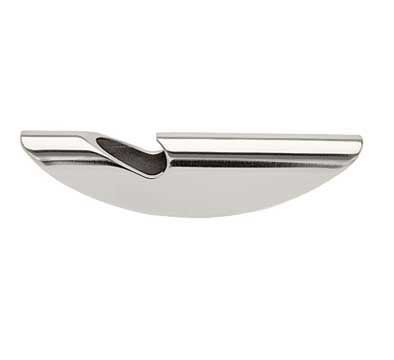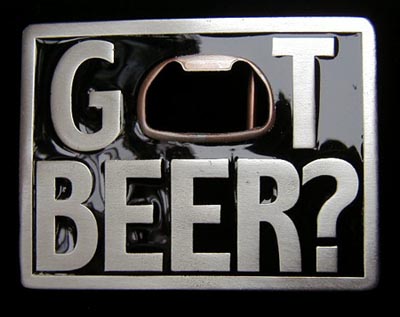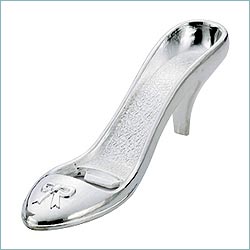


Ohio University
Interior Architecture Program
Fall 2011
Matthew Ziff, Associate Professor, Architect, NCIDQ
Function and Functionality
Much of the built environment does not work well in a simple, utilitarian, kind of way.
Many of the elements of the built environment that do not work well are also expensive, and to top it off, do not last very long.
If you take a close look at things that are supposed to have been 'designed', from large scale elements such as buildings, to small scale elements, such as a milk carton, much of what you will find is poorly designed, does not work well, and is unpleasant to use.
"We can put a man on the moon, but we cannot design a milk carton that opens easily."
As design students you need to challenge the real functionality of the built environment for the purpose of putting yourself in a position to make the world better, period.
Look at the elements that make up the built environment around you.
Do they work well? Does using them allow a person to do something better, at a higher level of enjoyment?
For example, a bottle opener can be designed well, or can be designed poorly.
Which of these openers do you think is 'well designed'?
Is 'well made' the same as 'well designed'?














Victor Papanek proposed that 'function' could be understood as a set of related criteria:
Use: does it work?
Need
Telesis: the deliberate, purposeful utilization of the processes of nature and society to obtain particular goals.
Association: our psychological conditioning, often going back to early childhood memories, predisposing us to or against things.
Aesthetics: exploring and understanding what is 'beautiful'.
Method: the interaction of tools, processes, and materials.
The 'Function' of things can be seen as a truly interesting, complex, set of characteristics. Do not deceive yourself into designing something boring by saying that it only has to be 'functional'.
Designing is fundamentally about making things better, not merely making more, or making another.
To make things better we must understand where we stand in terms of how things currently are.
To make a 'better' restaurant, or even to make a 'good' restaurant, we must understand what should, and should not happen in a restaurant.
To understand what should or should not happen in a restaurant, we need a variety of kinds of knowledge.
These kinds of knowledge are:
1. authoritative: what the
client knows about themselves and their needs
this kind of information is often more complicated than it may initially appear.
clients sometimes do not know precisely what they want, or they do not know
how to explain a situation that is somehow bothering them.
sometimes a designer has to prepare a scheme to show a client to elicit a response
that expresses their point of view.
2. factual: facts that can
be obtained through surveys and experiments
direct observation by the designer/researcher
anecdote: interpretation of conditions that a client reports but that the designer
cannot observe
3. projective: research that
creates a projection of what might occur if…
an attempt to predict future events
a mathematical model used to predict how things will take place
To do good design we also must have a position, a home base, to operate from.
Good design is distinctive, and reflects the thoughts, attitudes, and sensibilities of the designer.
While it is certainly true that large projects, such as an entire office building, are the work of numerous designing people, and may not reflect any one designer, small projects, or those done by 'famous' designers, do tend to reflect the individual designer's character.
There is a good, and a bad to this. A good aspect
is that a creative and thoughtful designer can make an interesting, and positive addition to the world.
A bad aspect is that a poorly edited ego maniac can bully frightening things into existence.
Professional & Amateur
What does it mean to be a Professional? What does it mean to be an Amateur?
For example, think about the topic of color use in a space. What are some possible differences between an amateur and a professional regarding how color is addressed?
List some characteristics of each as they apply to us, designing people, interested in working as practicing, professional, designers.